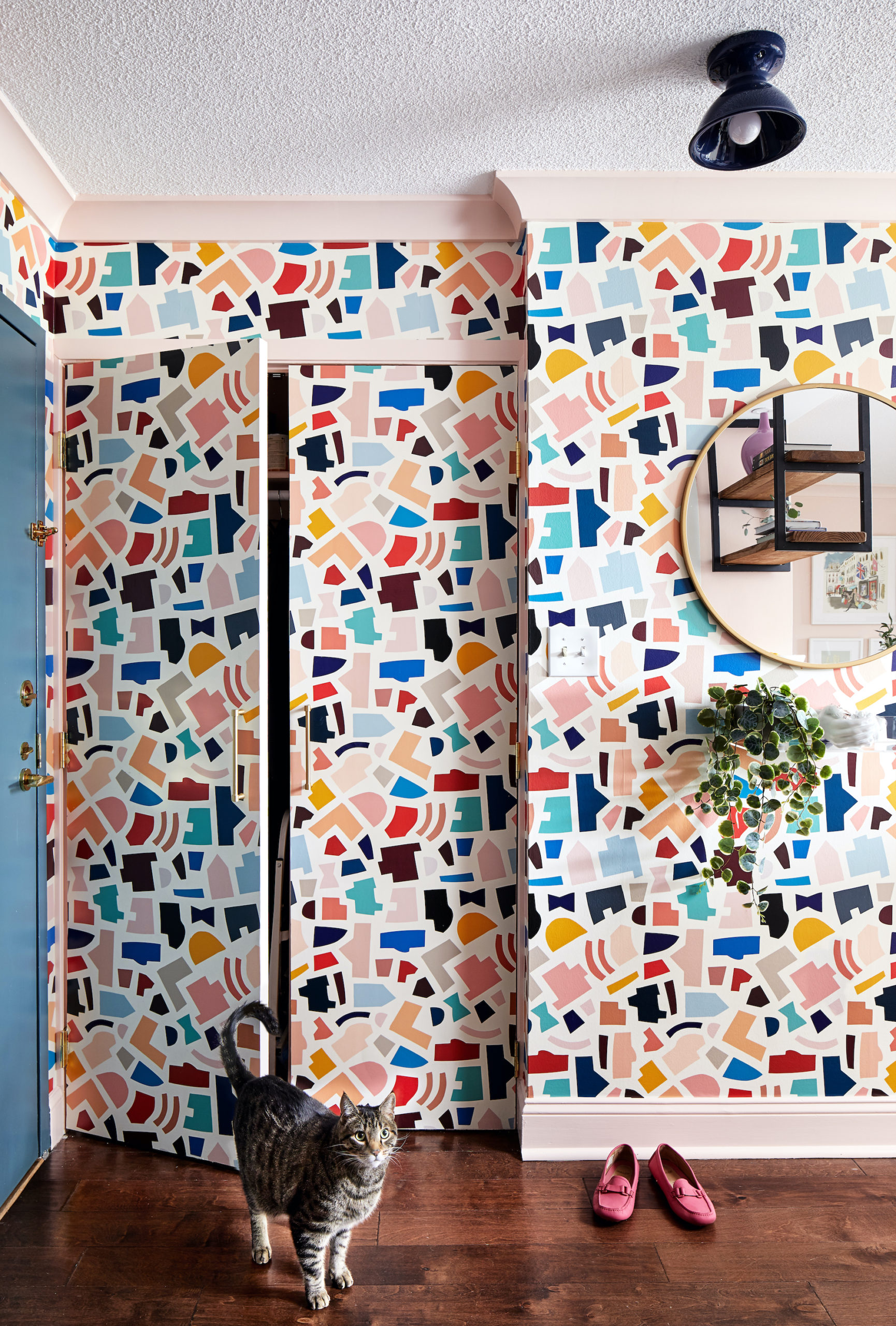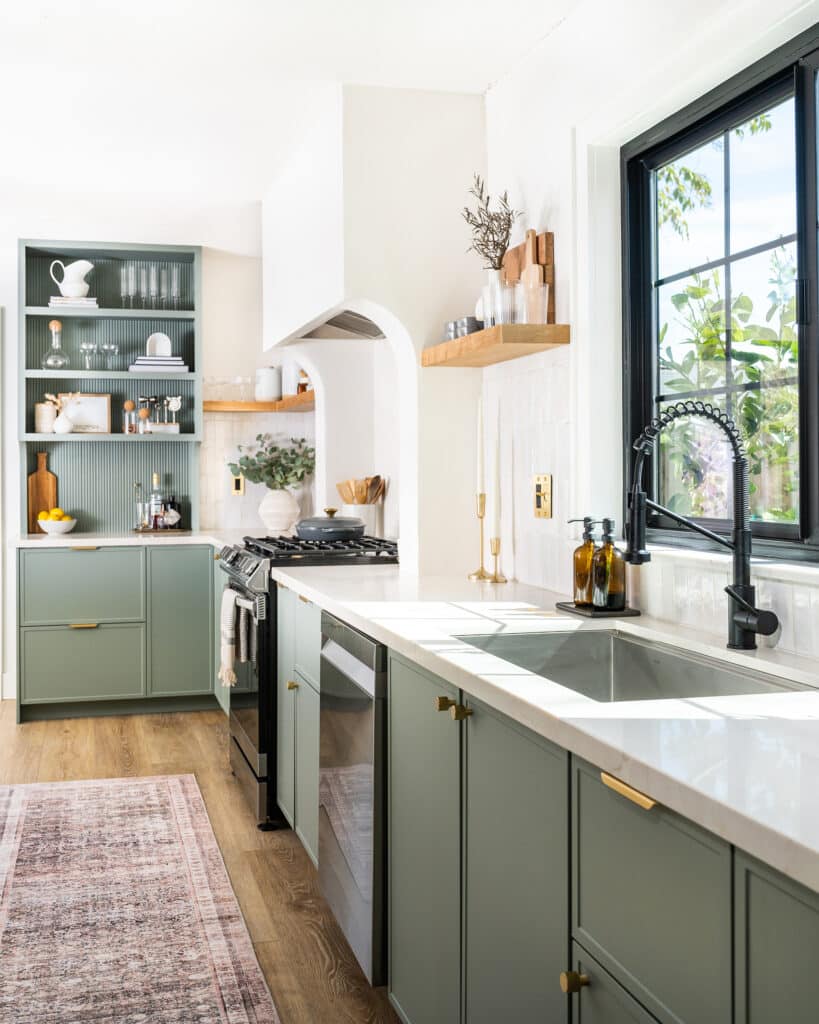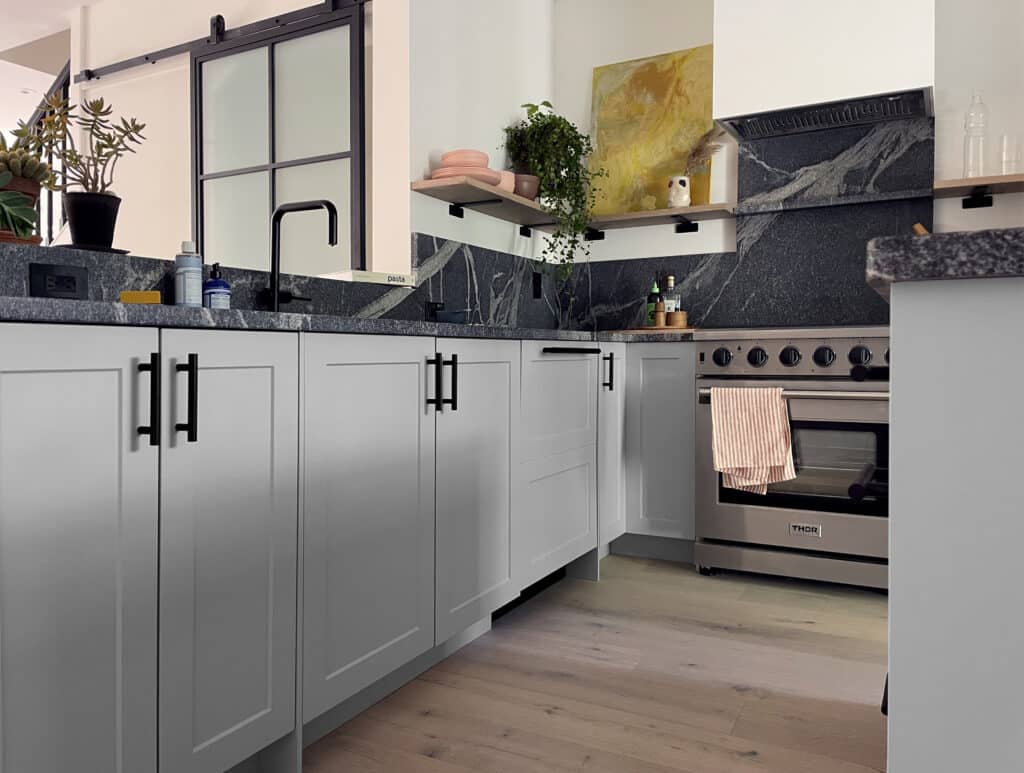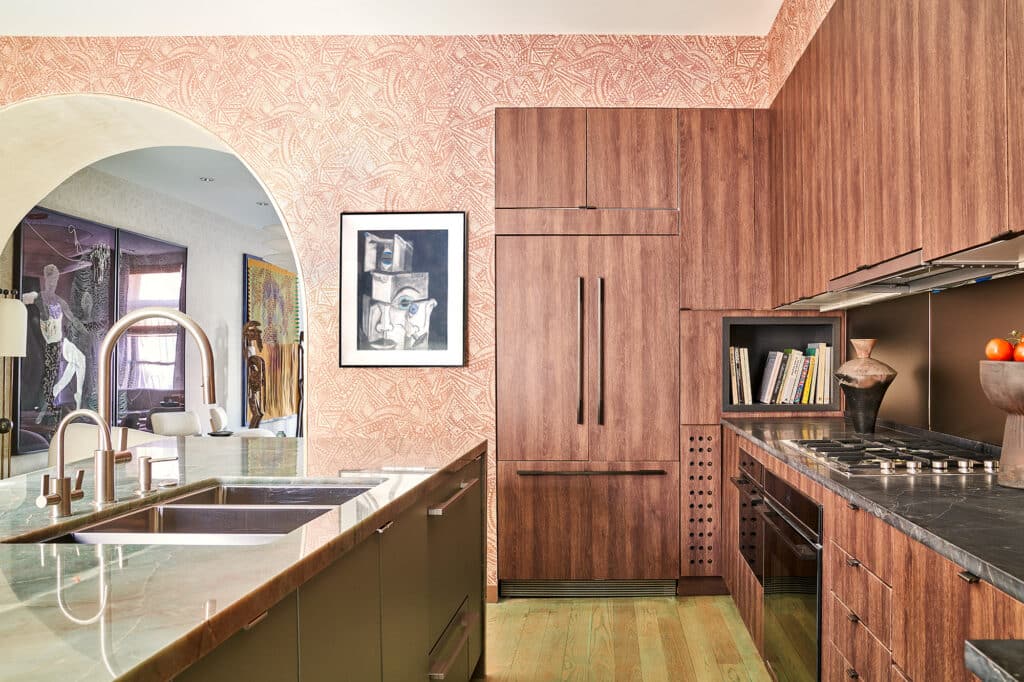As humans, we’ve been finding ways to adorn our walls since the earliest days of our cave dwelling ancestors. From 20,000-year-old Paleolithic Age paintings to the murals of Egypt and frescoes of Pompeii, it seems as soon as the need for food and water is satisfied, we’re ready to decorate.
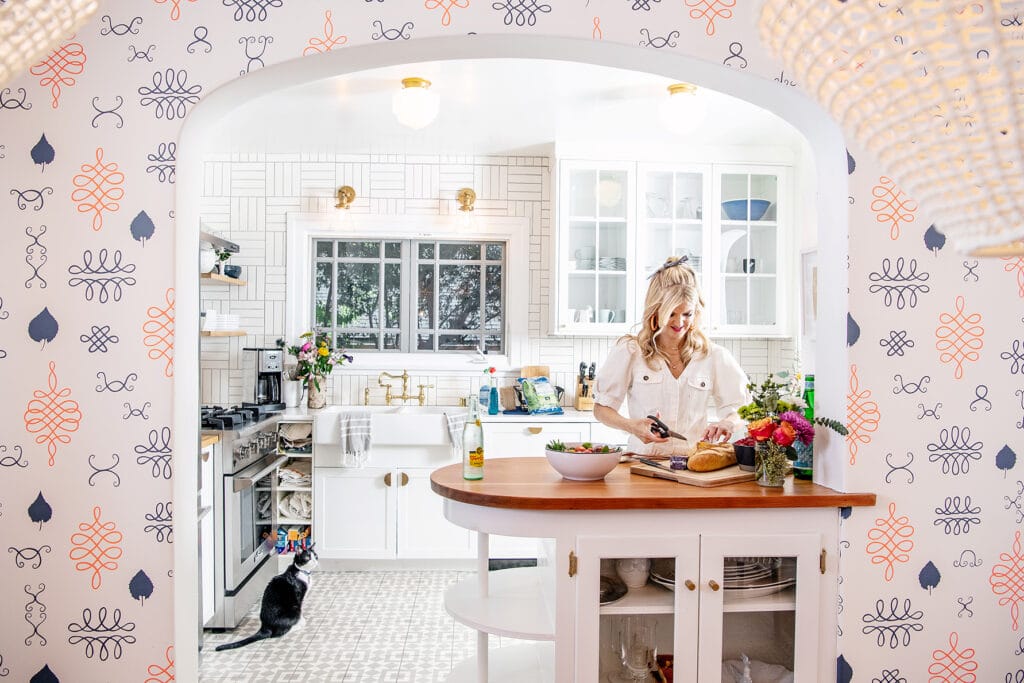
Design by Arden Myrin; Photography by Mariah Tauger for the Los Angeles Times
For centuries, tapestries were the wall decor of choice for those who could afford them. The heavy, handwoven textiles were both ornamental and practical, providing color and insulation to the cold stone walls of drafty castles. During the Middle Ages, tapestries were more valuable than paintings, and by the time of the Renaissance, all the great artists, including Michelangelo, Raphael, and da Vinci, were designing them. However, they came with two huge cons. They were extremely expensive and took years to produce.
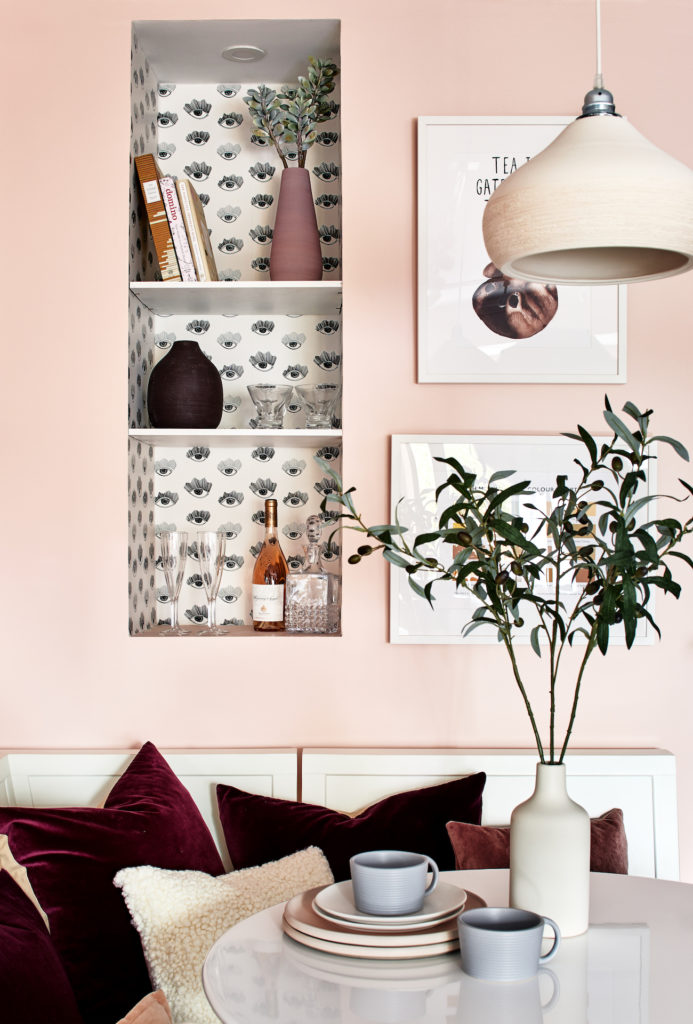
Design by Zoe Feldman; Photography by Stacy Zarin Goldberg
The Chinese had been hanging painted rice paper on their walls for housands of years before the concept arrived in Europe, and while paper might not have had the same warmth or prestige as a tapestry, it did come with a smaller price tag. The style mavens in Chinese society abhorred the practice, deeming it vulgar, but in the 16th century tea merchants began bringing a few rolls of decorative rice paper back from China with their tea cargo. The Europeans took notice.
Portability was a central design component throughout the Middle Ages and the Renaissance; wall decoration (and furniture) commonly moved from room to room and from castle to castle. In 1481, Louis XI commissioned court painter Jean Bourdichon to paint 50 scrolls of wallpaper. The rolls, which were placed in his bedroom, were hung like window roller shades rather than applied with paste or glue.
Design by Jacklyn Faust Interiors; Photography by Rikki Snyder
For the middle class, 17th century French craftsmen produced dominos, single sheets of decorated 14” x 20” papers. The papers were printed in black with a single carved block and handpainted for added color. More affordable and extremely popular as wall decoration, the papers could be joined together to make a larger pattern.
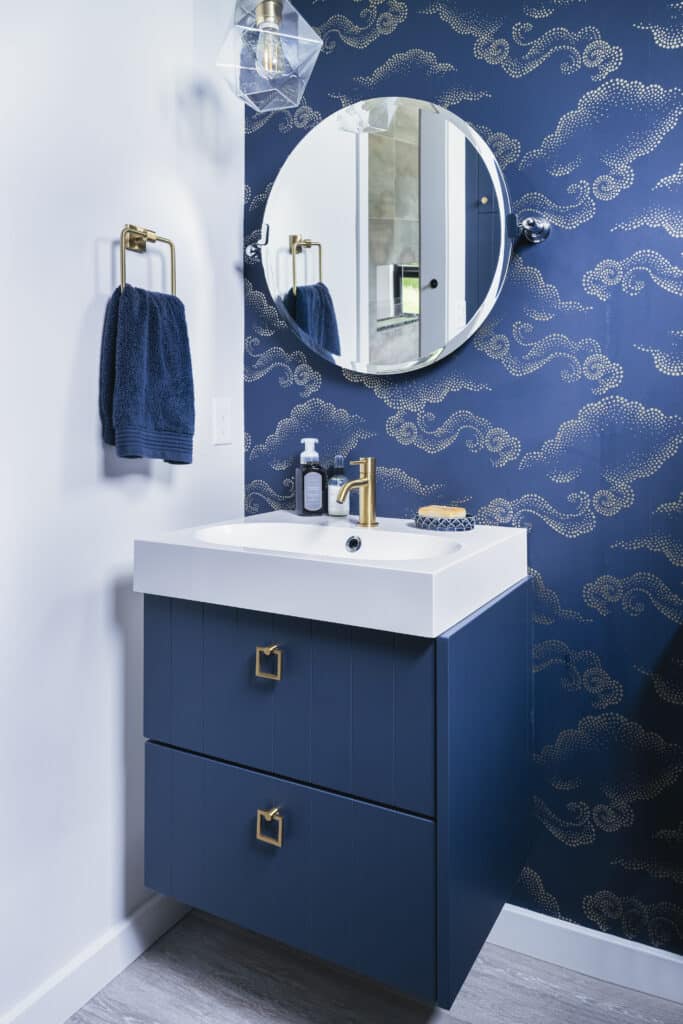
Design by Julia Marsh Rabin; Photography by Ben Gebo
While wallpaper was certainly cheaper than textiles, printing and painting by hand wasn’t exactly cost-effective for the average European. It wasn’t until the onset of the Industrial Revolution that wallpaper would be mass-produced for nearly every segment of the population. Convenience, however, comes with a price and early mass-produced wallpaper certainly came with a hefty one. By the late 19th century, 80 percent of English wallpapers contained arsenic-based greens and people were being slowly poisoned in their own homes. This may explain why a change of air was often a successful treatment for the chronically ill.
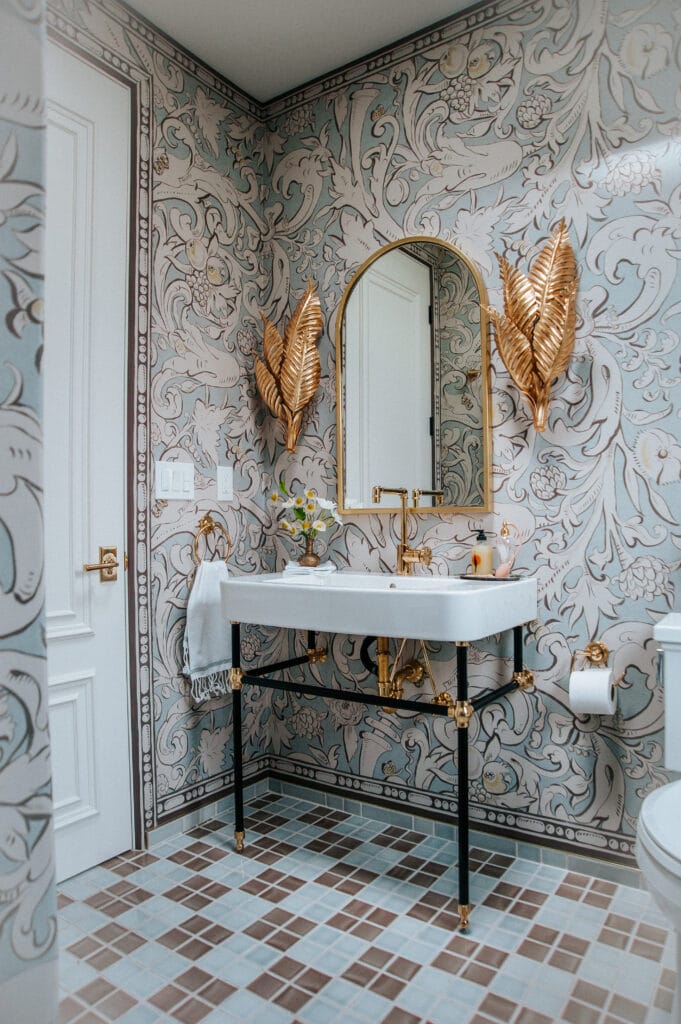
Design and Photography by Claire Thomas
It adds a new dimension to oft-repeated Oscar Wilde deathbed assertion, “This wallpaper and I are fighting a duel to the death. Either it goes or I do.” While Wilde, who hated wallpaper, was referring to the soul-crushing ugliness of his Left Bank hotel room, much of the wallpaper at the time, was indeed lethal.
The fashion for papered rooms ebbs and flows. In recent years, wallpaper has experienced a resurgence with big large-scale prints and papers with an almost mural-like impact, and in the tradition of Louis XI, peel-and-stick options ensure that even renters aren’t left out.





